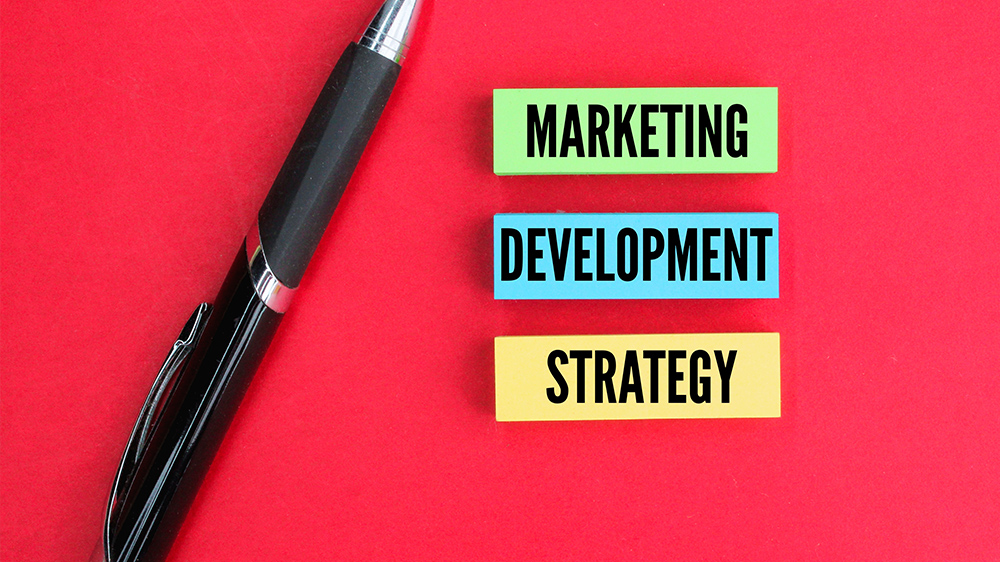Many brands may provide comparable products, services, or functions. Brand competition is an important consideration when developing marketing objectives, sales targets, and business strategies. If you work for a company that encounters brand competition, knowing what it is and when it occurs can help you earn and keep customers. Praising competitors makes firms appear more considerate, kind, and trustworthy, increasing the likelihood that consumers will buy their products. Of course, this approach will not work for every brand in every situation — but research indicates that praising the competition can significantly benefit brands, both in terms of consumer perceptions and bottom-line sales.
What is a competitive market?
A competitive market is a business field in which a large number of manufacturers or firms compete with one another to meet consumer demand for products and services. This implies that no one producer or customer can control the market. To sell their products at conventional market pricing, producers who operate in these markets may aim to maintain their production costs close to their sales. Independent price changes frequently result in a company working in sync with the market, which reduces sales when customers choose to purchase their goods from another economically viable source.
These markets exist to create the ideal environment for the exchange of goods and services between buyers and sellers. Since they function independently from the larger market, decisions made by the market as a whole cannot be influenced. To give customers greater options, multiple companies offer comparable items in competitive markets. Businesses lower their pricing or employ particular marketing strategies to outperform rivals and draw in clients. Anyone with a product or service to sell can operate in a competitive market because there are no requirements to do so.

A laptop in a coworking space shows the brand word
What is the brand competition?
Brand competition is the conflict between businesses or groups that provide comparable goods or services in the same market. These businesses battle for greater earnings, market share, or expansion. Knowing which companies to compete with has an impact on marketing and larger company plans. Due to brand competition, business coaches insist to pinpoint and maintain the brand loyalty of their target client groups.
Several forms of brand competition
There are several types of brand competition but the most important ones are direct, indirect, and replacement competition.
Direct competition
When businesses in a market provide their goods and services to the same target market of consumers and have equivalent characteristics and advantages, this is referred to as direct competition. Typically, this sort of competition involves two businesses with comparable marketing plans and sales targets. A brand can set itself apart from a direct competitor by emphasizing the benefits of its goods or the standing of its name.
Indirect competition
The competition between two businesses that provide comparable goods or services but place an emphasis on distinctive features and advantages is referred to as indirect competition. Companies that employ different marketing methods are also included in the indirect competition. Although less prevalent than direct competition, this type of competition is nonetheless crucial for a company to recognize to understand the factors that affect a customer’s decision.

The competition showed by Businessman
Replacement competition
Customers switching to rivals is one example of replacement competition. This happens when consumers who were once dedicated to your brand begin shopping elsewhere. Products that are visually distinct yet perform the same function for consumers are examples of replacement competition. Companies can anticipate possible replacement competitors by monitoring sales trends in related markets and keeping abreast of technological developments that could render their offerings obsolete. Companies that keep tabs on industry developments can adapt their methods and offerings to keep up with customer preferences.
Advantages of competition for brand
A balanced, fair society and a market where possibilities are available to all depend on competition, which must be recognized as a fundamental asset.
Competition boosts the purchasing power
Fighting anticompetitive behavior, regulating takeovers and mergers, and updating laws and regulations are all efforts to promote genuine competition, which translates in particular into more appealing prices for consumers. Competition policy is a potent and effective tool for protecting it. 60% of the cartels that the European Commission has identified influence the markets for intermediate goods, which has a direct impact on enterprises’ ability to compete by driving up the cost of their inputs.

Marketing and Development and Strategy for branding
Greater quality at the same price
Brand competition drives businesses to outperform one another and promotes the creation of greater products and services at reasonable prices. Companies that are unable or unwilling to innovate will inevitably be pushed out, which benefits consumers by allowing them to save money while still receiving higher-quality goods and services. For the same goods and services, more competition leads to lower prices. Customers can benefit from a variety of high-quality products at reasonable price points as a result. Due to this kind of competition, consumers can now purchase high-quality products without breaking their bank account.
Greater choice and more services result from brand competition
Price is only one aspect of competition. In actuality, it entails a wider variety of products and encourages the introduction of new services. Companies are motivated to market their goods and stand out from the competition by emphasizing uniqueness, and service quality, or by focusing on new client categories as a result of pressure from their competitors. Consumers and businesses alike can discover the good that best suits their needs since they have access to a broader variety of goods and services. A consumer can select the choice that best suits them from a wide range of suppliers and offers (from regulated tariffs to 100% online offers, or green energy), for instance, if the gas and energy markets are opened to competition.
Brand competition means ongoing excitement
The brand competition encourages existing businesses to innovate and boost productivity so they can continue to compete for customers by being effective and efficient. Consumers don’t always base their decisions purely on pricing when there is a large variety of goods and services available that match their needs. The standard of the goods and services offered might also be quite important. Companies have the motivation to differentiate themselves by being more inventive and investing in research and development to avoid losing market share to their rivals or new, higher-performing entrants. Competitiveness through quality also relies on non-technological innovations, such as design, brands, expertise, commercial innovation, delivery, and after-sales service. Thus, quality is improved by competition.

Certification and Quality concept for brand
Competition policy as a safeguard against deviant behavior
Fighting anticompetitive behavior benefits everyone, not just consumers. It guarantees that businesses are adequately competing with one another. The business strategy becomes fixed when the company isn’t competing anymore, and the firm loses motivation to innovate. Although this unnatural boost may have short-term advantages, it jeopardizes the medium- and long-term competitiveness of an organization and the industry at large. Due to their propensity to raise the price of intermediate goods and hence their production costs, cartels can also have an effect on downstream companies. A corporation may eventually wind up with a sizable market share because competition is a process. If it obtained the position by outperforming its competitors in achieving customer expectations, then this is not illegal in and of itself. However, whether they are established players in the market or new entrants, it must be conceivable for rivals who are more inventive or efficient to challenge this scenario.
Negative Effects of brand competition on Businesses
In business, competition reduces a company’s market share and reduces the pool of potential customers, particularly if demand is constrained. Reduced profit margins for each sale or service might result from a competitive market’s need to cut prices in order to remain competitive. A flooded market is an extreme case. Inventories grow as products are overproduced. When inventory reaches unmanageable levels, too much capital is locked up in goods that are simply sitting in storage, leaving little left over for expenses like rent and wages. Employee layoffs or hours cutbacks become necessary if the inventory continues to be chronically overstocked in order to keep payroll expenditures within the budget’s tightening limits.

Search for the best brand for my business rebrand
Conclusion
In conclusion, brand competition has numerous positive effects. But if the market becomes too crowded and competitive, it might hurt your company. This is happening more frequently in developing nations. Having some healthy competition is not always bad, and can even have some positive outcomes. Successful entrepreneurs typically go headfirst into difficult situations and flourish in the face of intense competition. When competition is seen as an opportunity rather than a threat, it can help you move forward effectively. It reveals the areas in which you are falling short, such as insufficiently utilizing the talents of your team, failing to gain a thorough understanding of your product, or continuing to pursue an ineffective business strategy. If competitors steal your customers or outperform you in some ways, view it as a learning experience. Having a solid internet presence, maintaining your mental acuity, and refusing to settle will undoubtedly lead to your success.


